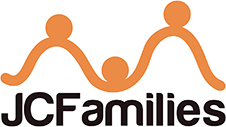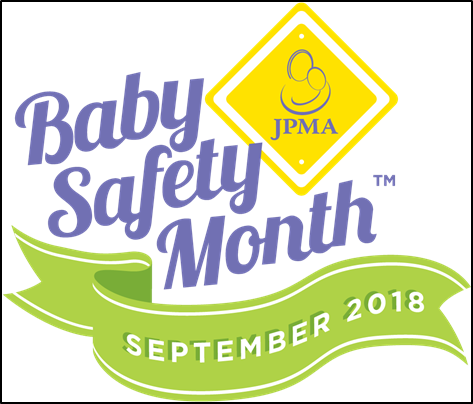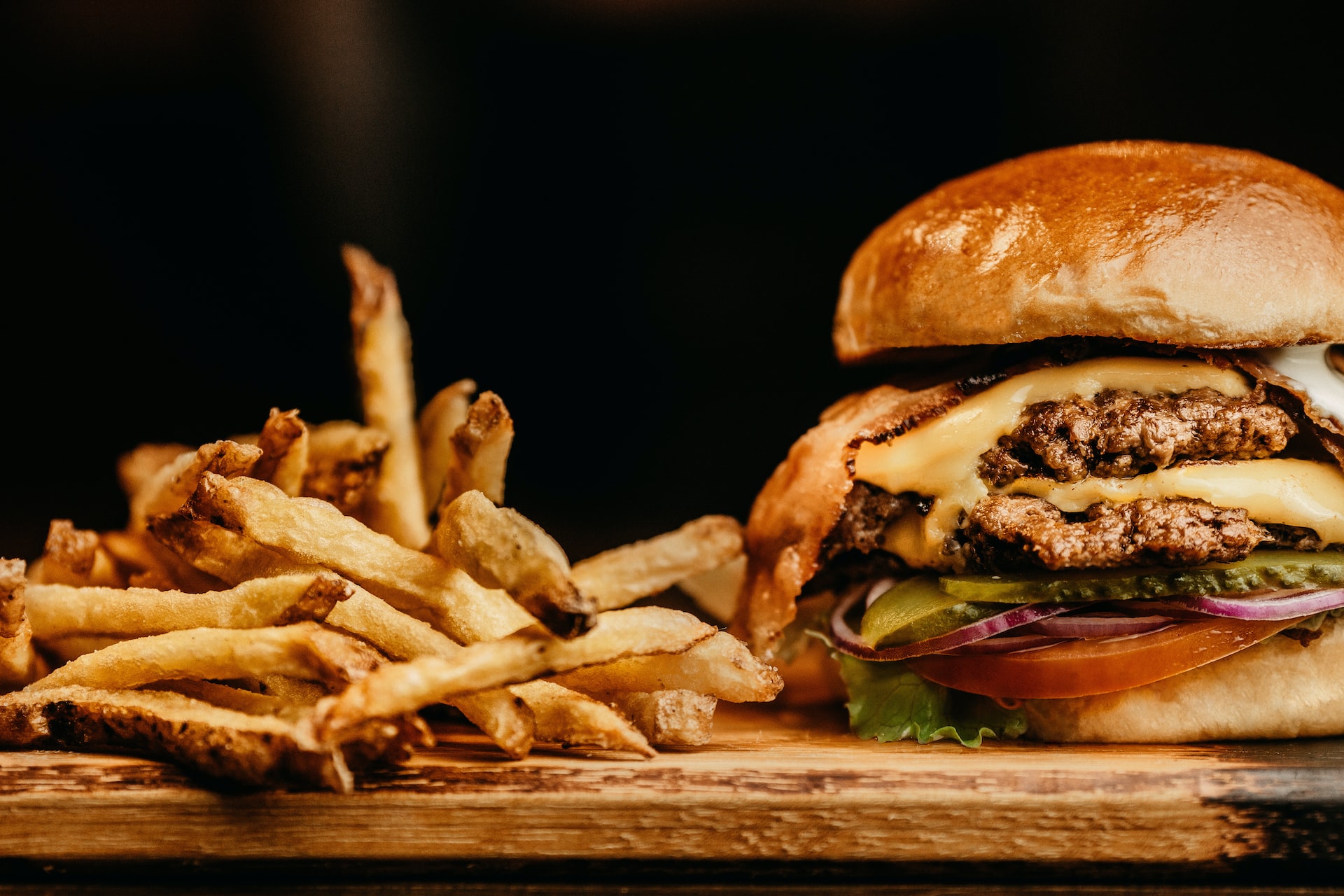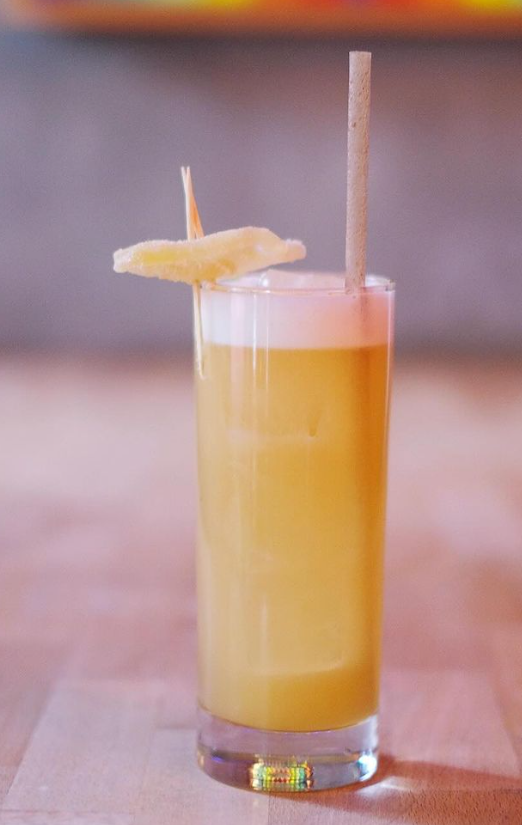September is #NationalBabySafetyMonth, sponsored annually by the Juvenile Products Manufacturers Association (JPMA). This month-long event increases consumer awareness of baby safety issues and the safe selection and use of baby products.
Below are some recommendations from MAM to help raise awareness of key things we can all do to protect our babies which we would love for you to share with your readers and they in turn can tell their friends and family about each tip.
- Focus on Safety: This #BabySafetyMonth, the JPMA is teaching parents and caregivers to properly select and use all juvenile products, the importance of child supervision, following manufacturers’ instructions and warning labels, inspection during product use, and monitoring children’s growth and development. Visit www.babysafetymonth.org to learn more about properly choosing and using baby products and creating the safest environment for your child!
- Always place baby to sleep on their backs. A recent study b
 y the @AmericanAcademyofPediatrics shows that about 2 in 10 babies are placed to sleep in incorrect positions that greatly increase the risk of SIDS. Babies should *always* be placed to sleep on their backs. Placing babies to sleep on their sides is just as dangerous as placing babies to sleep on their stomachs, since they are likely to roll over on to their stomachs while sleeping.
y the @AmericanAcademyofPediatrics shows that about 2 in 10 babies are placed to sleep in incorrect positions that greatly increase the risk of SIDS. Babies should *always* be placed to sleep on their backs. Placing babies to sleep on their sides is just as dangerous as placing babies to sleep on their stomachs, since they are likely to roll over on to their stomachs while sleeping.
- Consider pacifier usage when placing baby down for sleep and remember that the pacifier may not be reinserted once baby falls asleep. Pacifier use is shown to reduce the risk of SIDS. The American Academy of Pediatrics published guidelines for pacifier usage and you can check them out here: http://bit.ly/AAPInfantSleepSafety Read more here if you’re interested in more information about pacifiers and how they reduce the risk of SIDS: http://pediatrics.aappublications.org/content/116/5/1245
Before placing a pacifier in baby’s mouth, check to see if there is any damage or signs of weakness. Pull the nipple in all directions and throw  away the pacifier at the first sign of damage or weakness. Pay extra attention to your child’s pacifier as teeth emerge, which can occur as early as 1month. Be sure to replace your baby’s pacifier frequently – once a month or every two months.
away the pacifier at the first sign of damage or weakness. Pay extra attention to your child’s pacifier as teeth emerge, which can occur as early as 1month. Be sure to replace your baby’s pacifier frequently – once a month or every two months.
Learn more here: https://www.youtube.com/watch?v=JvtezxTgUq0
- Safe Sleep Guidelines. Many parents and caregivers are unaware of the AAP’s recommended Safe Sleep Guidelines and unknowingly put their babies at risk. It’s crucially important to make sure anyone who cares for your baby is aware of Safe Sleep Guidelines.
- Make sure baby’s arms and legs are safe in the crib from any risk of being stuck, and even injured in their crib slats.
 Our friends @breathablebaby offer thoughtfully designed crib liners made of lightweight breathe-through polyester mesh to help keep little limbs inside of the crib without the risk of restricted airflow.
Our friends @breathablebaby offer thoughtfully designed crib liners made of lightweight breathe-through polyester mesh to help keep little limbs inside of the crib without the risk of restricted airflow.
- Keep an extra eye on baby with a monitor and just like anything else you place in your baby’s bedroom, you need to be careful about where and how you use a baby monitor. Place any cords at least 3 feet away from any part of a crib, bassinet, play yard or other safe sleep environment and never position a monitor inside or on the edge of a crib.
- For stress-free adventures with baby choose a stroller that has a base wide enough to prevent tipping, even when your baby leans over the side.
 Always secure baby using straps and use the basket underneath. Don’t hang purses or shopping bags over the handles as it may cause the stroller to tip.
Always secure baby using straps and use the basket underneath. Don’t hang purses or shopping bags over the handles as it may cause the stroller to tip.
- Ensure that your baby’s crib meets CPSC standards and that everything in your nursery is free of harmful chemicals and toxins. Check that the crib of your choice is not on the CPSC recall list, here: CPSC Recall List Just as important is ensuring that your baby’s crib is placed away from (1) windows, where drafts and sunlight can put your baby at risk, and (2) drapes/blinds, which are strangulation hazards.
- Choose a playard with the correct recommended height and weight of the child. The playard, including side rails, should be fully erected prior to use. Always follow the manufacturers’ instructions and follow these guidelines for safe use of a playard:https://babysafetyzone.org/safety-tips-bassinets-play-yards-toddler-beds-and-more.







